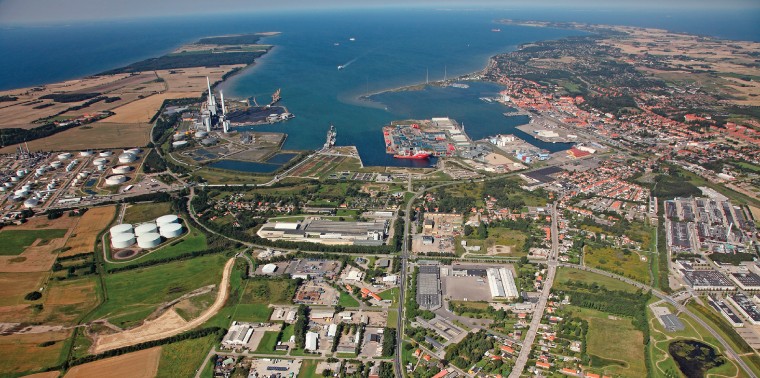What does it mean for a startup to be nature-inspired? The phrase sounds simple, but it holds layers of meaning.
At our Ray of Hope Accelerator, “nature-inspired” isn’t a tagline, it’s both an eligibility requirement and a core selection criterion (learn more about How to Apply). It guides our approach for supporting deeptech and climate solutions. Each year, our team reviews this dimension carefully, with our external Advisory Committee offering their own perspectives to strengthen the evaluation. Nature-inspired solutions draw directly from the natural world, adapting biological principles, ecological relationships, and other strategies honed by 3.8 billion years of evolution to tackle humanity’s most pressing environmental challenges.
These ventures don’t just mimic chemistry, patterns, structures, or functions from living systems, they learn from nature’s way of solving problems. They translate deep biological wisdom into innovations that are efficient, resilient, and regenerative. What unites these startups is a shared belief: that innovation and business can work more like ecosystems: adapting to feedback, optimizing for the long term, and creating conditions for life to thrive.
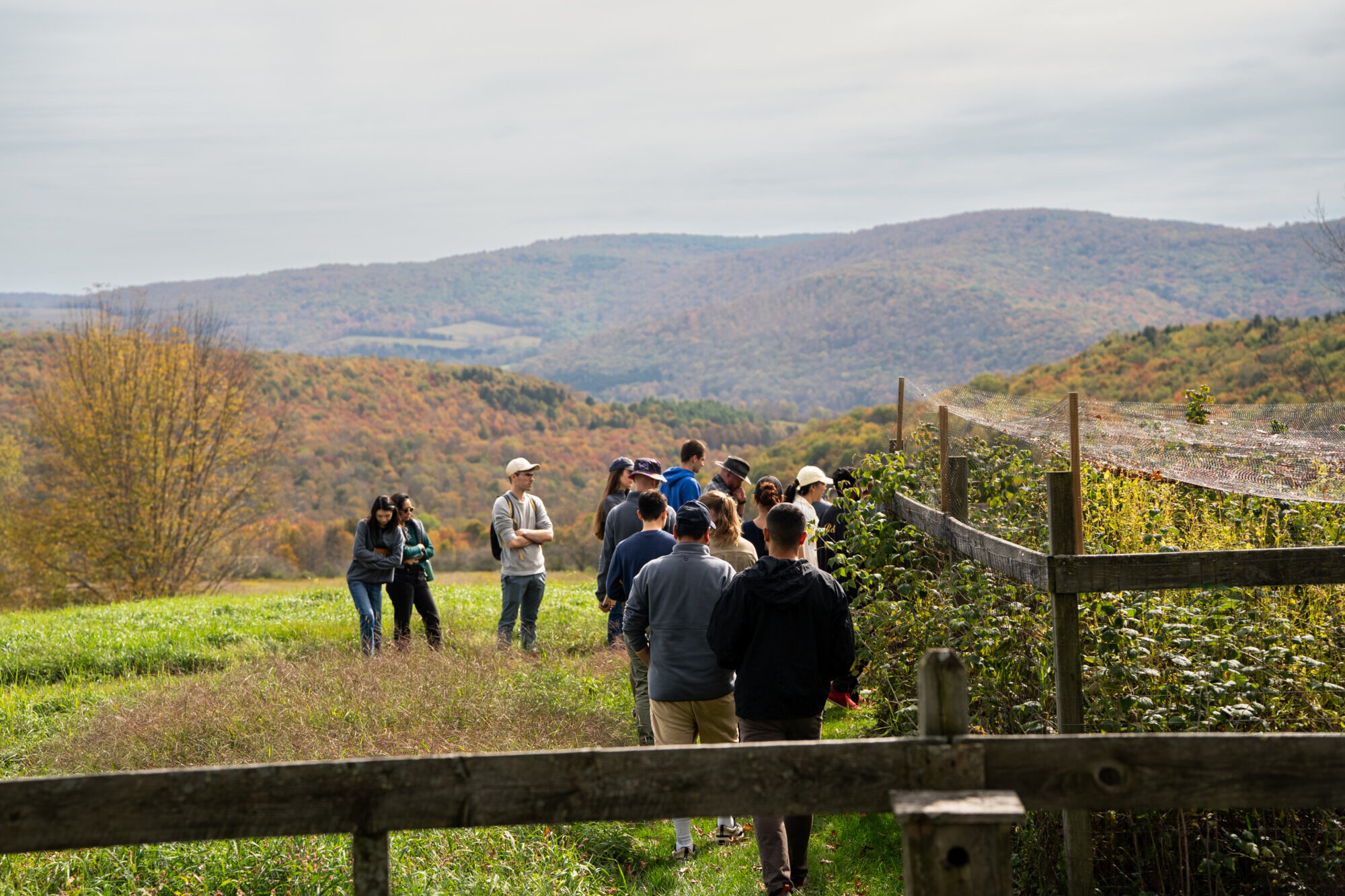
In this article, I’ll explore the key characteristics that make nature-inspired startups stand out, from their scientific depth and efficiency, to their defensibility, systemic thinking and capacity for impact. Together, they’re helping to shape an economy that brings us back in sync with nature.
1. Science-backed and deeply researched
At the heart of every nature-inspired startup lies science, from marine biology to molecular sensing research. Whether it’s understanding coral’s healing properties (Coral Vita), how nature builds lightweight and incredibly strong materials (Helicoid Industries) or how fungi break down waste (Mycocycle), these ventures started with observation and evidence. Translating biological insight into market-ready technology takes time, patience, and cross-disciplinary collaboration. Biologists work with engineers. Designers partner with materials chemists. Storytellers sit next to scientists. It’s a complex path that leads to impact. The result is innovation that’s credible, technically sound, and designed to be durable.
Take ECOncrete, for example, a company founded by two marine biologists Ido Sella and Shimrit Perkol-Finkel who saw how traditional concrete harmed coastal ecosystems and set out to create a material that could support life under water. Inspired by coral reefs and oyster shells, they developed a bio-enhancing concrete mix with a neutral pH and a textured, habitat-rich surface that encourages marine biodiversity while meeting rigorous engineering standards. After years of testing and iteration, their innovation is now transforming pre-conceived notions of what marine infrastructures look like, including New York’s waterfronts, strengthening infrastructure and nurturing marine life in one of the world’s most urbanized environments. ECOncrete’s foundation is deeply interdisciplinary and science-based, rooted in marine biology, materials science, and engineering, embodying how nature-inspired innovation thrives at the intersection of research, experimentation, and collaboration.
💡If you’re advancing a nature-inspired innovation toward the market, ask yourself: do you truly understand the science – biology, chemistry, physics – behind the natural strategy you’re emulating, and do you have the right scientific partners and validation in place to translate it with accuracy and care?
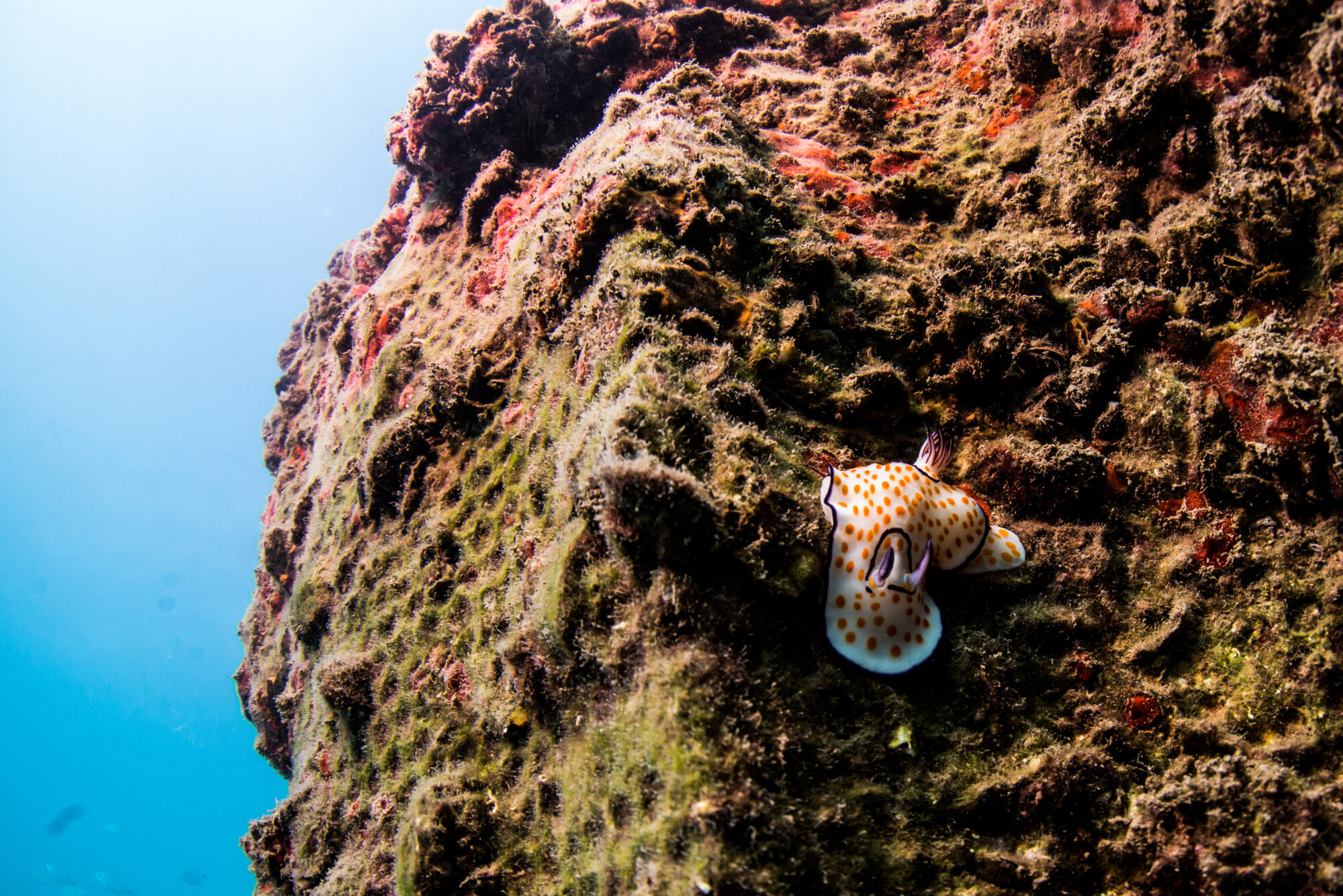
2. Efficient by design
Nature is the ultimate efficiency engineer. It doesn’t waste energy, materials, or motion. Every system, from a leaf to a coral reef, is optimized for performance within constraints. Nature-inspired startups take that lesson seriously. They design products, operations, and even organizations to do more with less, less waste, less energy, leading to unit economics that work. They learn from the resourcefulness found in natural systems, crafting solutions that are elegant in their simplicity and powerful in their effectiveness.
Cellulotech, led by Romain Metivet, demonstrates this principle in action. By studying the lotus leaf’s superhydrophobic surface, which repels water through a highly textured microstructure and wax composition, the company developed a molecular grafting process that produces durable, biodegradable, and fully repulpable coatings. The technology requires hundreds of times less material, cuts costs by dozens of times compared to conventional toxic alternatives (wax petroleum, plastic, PFAS), and reduces CO₂ emissions by up to 92%. Its combination of speed, affordability, and environmental performance illustrates how efficiency can be engineered at scale when nature’s strategies guide the design process – something that, as someone with a green chemistry background, truly warms the heart.
💡If you’re an innovator, consider this practical check-in: how can you translate nature’s resourcefulness in your innovation while avoiding unnecessary complexity, cost, or any unintended environmental impact?

3. Defensible innovation
As Michel Vivant, former director of the Intellectual Property (IP) Master’s I pursued at Sciences Po Paris Law School, emphasizes, intellectual property is not just a legal instrument but a practical tool to balance the rights of creators and innovators with the public interest, facilitating responsible dissemination and commercialization of innovations, underscoring why protecting IP is critical to ensure that breakthroughs reach the world safely and sustainably. That said, part of how nature-inspired startups can be built to endure is to prioritize the defensibility of their ideas through intellectual property (IP). IP, patents, trade secrets, and other protections, serves as a form of stewardship, helping ensure that a breakthrough reaches the world responsibly and sustainably. Protecting these innovations shields the technology from misuse and signals credibility to partners, investors, and collaborators, creating the space to scale. Many of these ventures begin in academic or research settings, where technology transfer offices provide guidance on licensing, spinouts, and commercialization pathways. Spinouts, in particular, are a common route: researchers, post-docs, or faculty members take their discoveries from the lab to the marketplace, formalizing IP while translating deep scientific insight into viable products or platforms.
For example, spotLESS Materials, co-founded by Dr. Birgitt Boschitsch and Dr. Tak-Sing Wong, is a Penn State spinoff, transforming a lab discovery into a platform technology. By securing patents around the biomimetic process, the team was able to attract early investors, establish key partnerships, and scale the technology to commercial applications.
💡For innovators bringing nature-inspired ideas to life: is your IP strategy strong enough to safeguard your work, support ethical dissemination, and attract the partners and investors needed to grow?
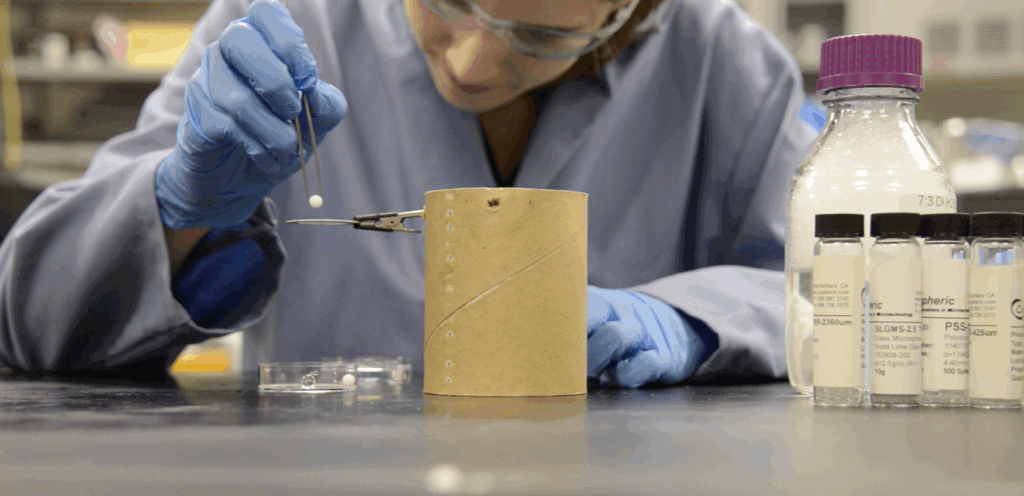
4. Impact-driven and scalable through systems thinking
What sets nature-inspired startups apart is their focus on impact. These ventures aren’t built around extractive value, they’re designed to operate within planetary boundaries, measure what matters, and prioritize regeneration over depletion. Impact is not an afterthought; it’s embedded into the technology, the business model, and the way the company engages with its ecosystem. Additionally, many nature-inspired innovations begin as a single lab insight but quickly evolve into platform technologies with applications across industries, increasing their impact potential.
Lux Bio, led by founder and CEO Paige Whitehead, for instance, has transformed bioluminescent research into a versatile platform: their long-duration glow technology can be applied to events, outdoor activities, fishing, diving, emergency kits, and even educational tools, demonstrating the power of a single insight to ripple across sectors. This kind of cross-industry scalability stems from a systems-thinking mindset where one idea can multiply its impact.
💡When planning for scale, ask yourself: does your innovation multiply positive outcomes across systems and sectors? What is your impact vision, and how will you measure it? How are you embedding that vision into your day-to-day operations, partnerships, and supply chain?

5. Built through collaboration and care
Nature-inspired startups use collaboration to address complex challenges that are best solved together. Amphico and Fusion Bionic exemplify this approach through their joint project, LaserTex. Combining Amphico’s PFAS-free textile innovations with Fusion Bionic’s biomimetic laser-engraved surface texturing, they are developing materials that are self-cleaning, water-repellent, and highly durable, all while eliminating harmful chemicals. Their collaboration began during a retreat in the Redwoods, where open dialogue and shared curiosity sparked an idea that has grown into a publicly funded initiative with real-world potential. LaserTex illustrates how partnerships among nature-inspired innovators can amplify impact, unlock new possibilities, and accelerate the translation of scientific insight into scalable, sustainable solutions. Read more about it here.
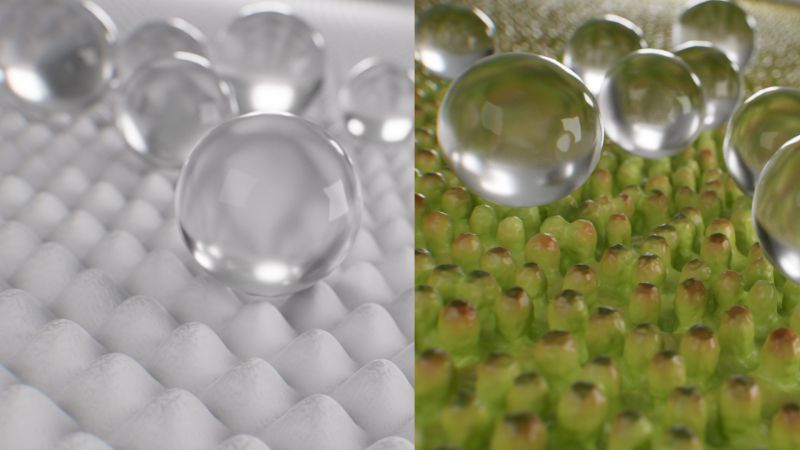
All the companies highlighted in this article are part of our accelerator portfolio: take a moment to explore these 60 brilliant solutions. By learning from nature’s efficiency, rooting their ideas in rigorous science, and designing with systems thinking, these innovators are not just building businesses, they’re shaping futures we’ll be proud to inherit.
Maëlys Renaud is the Program Manager of the Ray of Hope Accelerator. She is a chemist, open-innovation enthusiast, and former Science Diplomat. Maëlys joined the Institute to identify, support and accelerate nature-inspired startups. Learn more about Maëlys and the rest of the team here.


